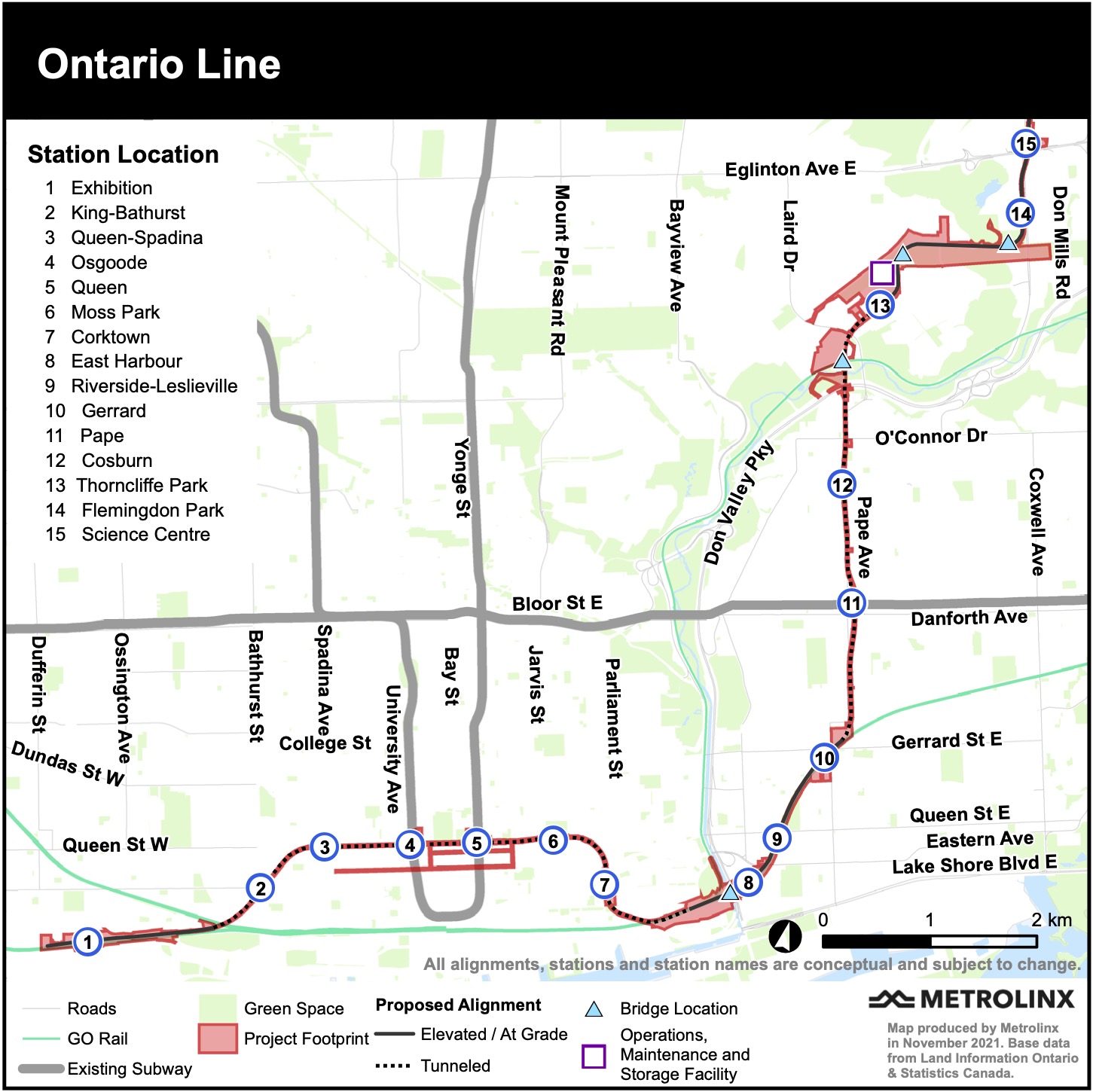Monarch Butterfly
Superstar
The problems really started when the TTC Board of Directors started having councillors on the board. Today, it is a mix, but there is no requirement that the board actually use the TTC regularly or daily.My understanding of it is that it's restricted to longer frequencies due to practical capacities of unloading passengers at stations and turn around times at terminii.
The OL business case projects capacity to be adequate to at least 2077.
The Yonge Line with it's initial design capacity was facing issues for capacity by the 1980's, only 30 years after opening. this was negated by years of declining ridership in the 90's though.
There is no point doubling a project budget to provide capacity for a line which won't be required for another half century. There are too many variables in that equation and if the line does end up running over in the 2070's, there are other solutions.
Toronto's Rocket subway trains are some of the highest capacity subway trains on the planet. There really isn't a need to hold to that design. If you want to design the OL to actually be able to handle 48,000 PPHD as well, you would be looking at building massive stations with huge pedestrian circulation spaces to handle thousands of passengers exiting trains and clearing them all from the platform before the next train arrives 90 seconds later. There's just no point, it's better to just build a second subway line in the 2070's when the OL runs over.
Even back in 2014, then Councillor Doug Ford wanted to fire the seven city councillors on the commission and replace them with seven "business" people. See link, dated 2014/02/14. Unfortunately, we still have politicians who rather have non-transit users on the TTC board.
